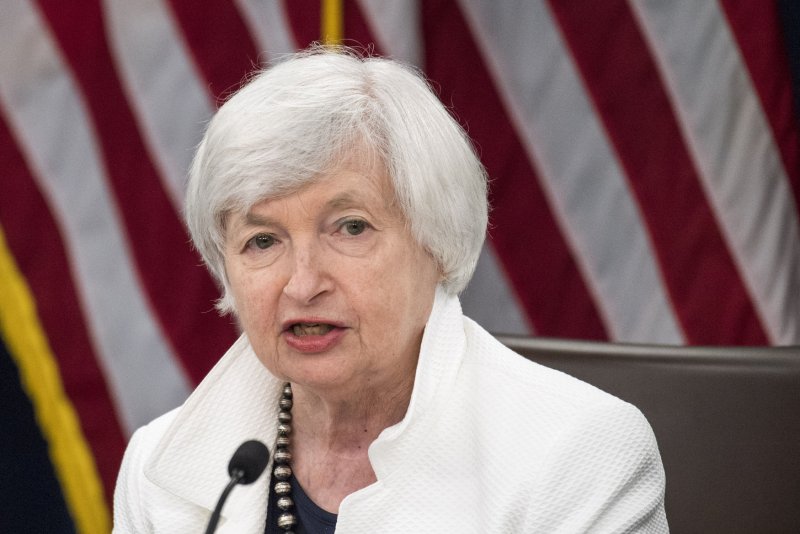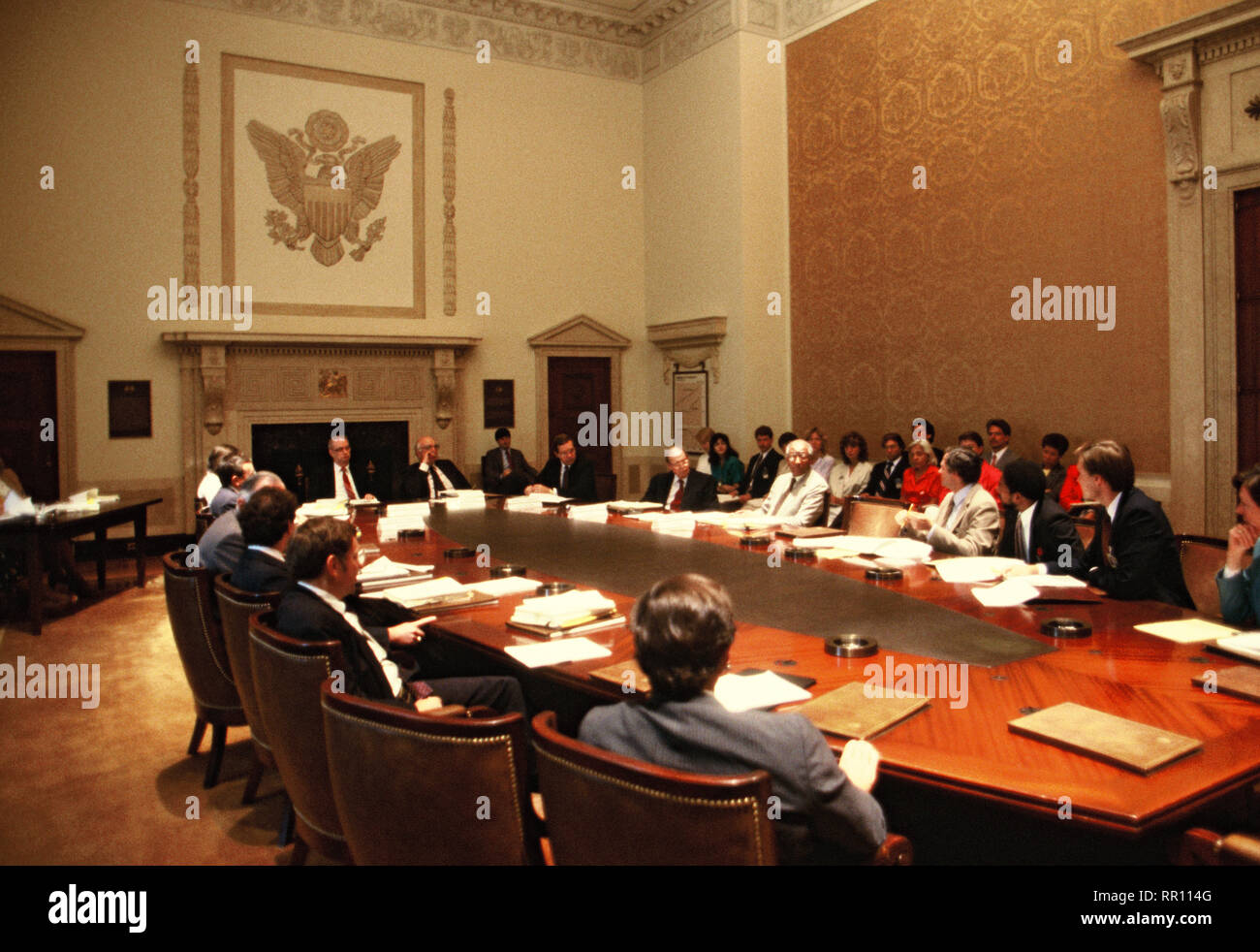


View of the floor of the New-York Stock Exchange where the Dow Jones dropped over 500 points, 19 October 1987, as stocks were devastated during one of the most frantic days in the exchange's history. They don’t know how high they are going to have to raise interest rates,” said Mark Hamilton, chief investment officer of Hirtle Callaghan. “The Fed is continuing to learn and adapt. So those new numbers have to be taken into consideration when determining the rate hike calculus. Powell spoke last Wednesday, two days before the latest jobs report showed that the US labor market is still pretty healthy. The Fed is still data dependent, meaning it will set policy based on the performance of the job market, inflation, consumer spending and a host of other factors. Here’s the thing, though: Investors are paying way too much attention to what Powell and other Fed members are saying about the economy and not focusing enough on numbers that show how the economy is actually doing. But Fed Chair Jerome Powell dashed those hopes during his press conference when he talked about how the Fed is still extremely worried about inflation. The Fed briefly excited investors last week when it acknowledged in its policy statement it would consider the lag effects of all its rate hikes on the economy before considering what to do next. The stock market has been on a roller coaster ride, largely because of Wall Street’s shifting expectations about whether the Federal Reserve is going to slow down the pace and size of its interest rate hikes.


 0 kommentar(er)
0 kommentar(er)
